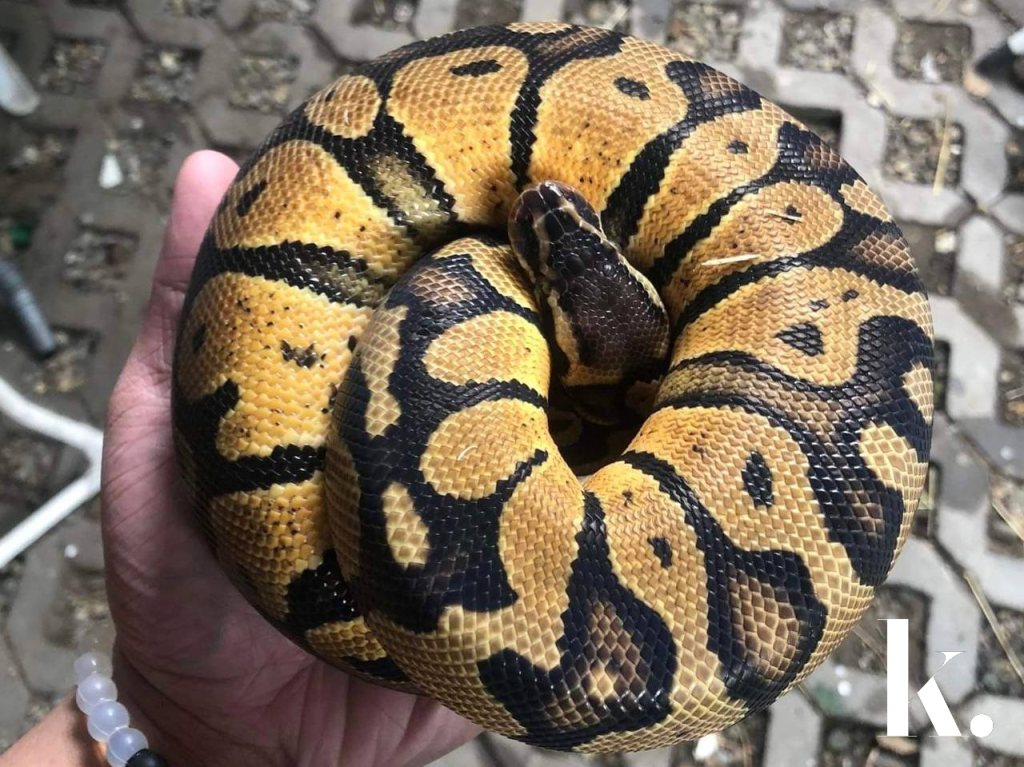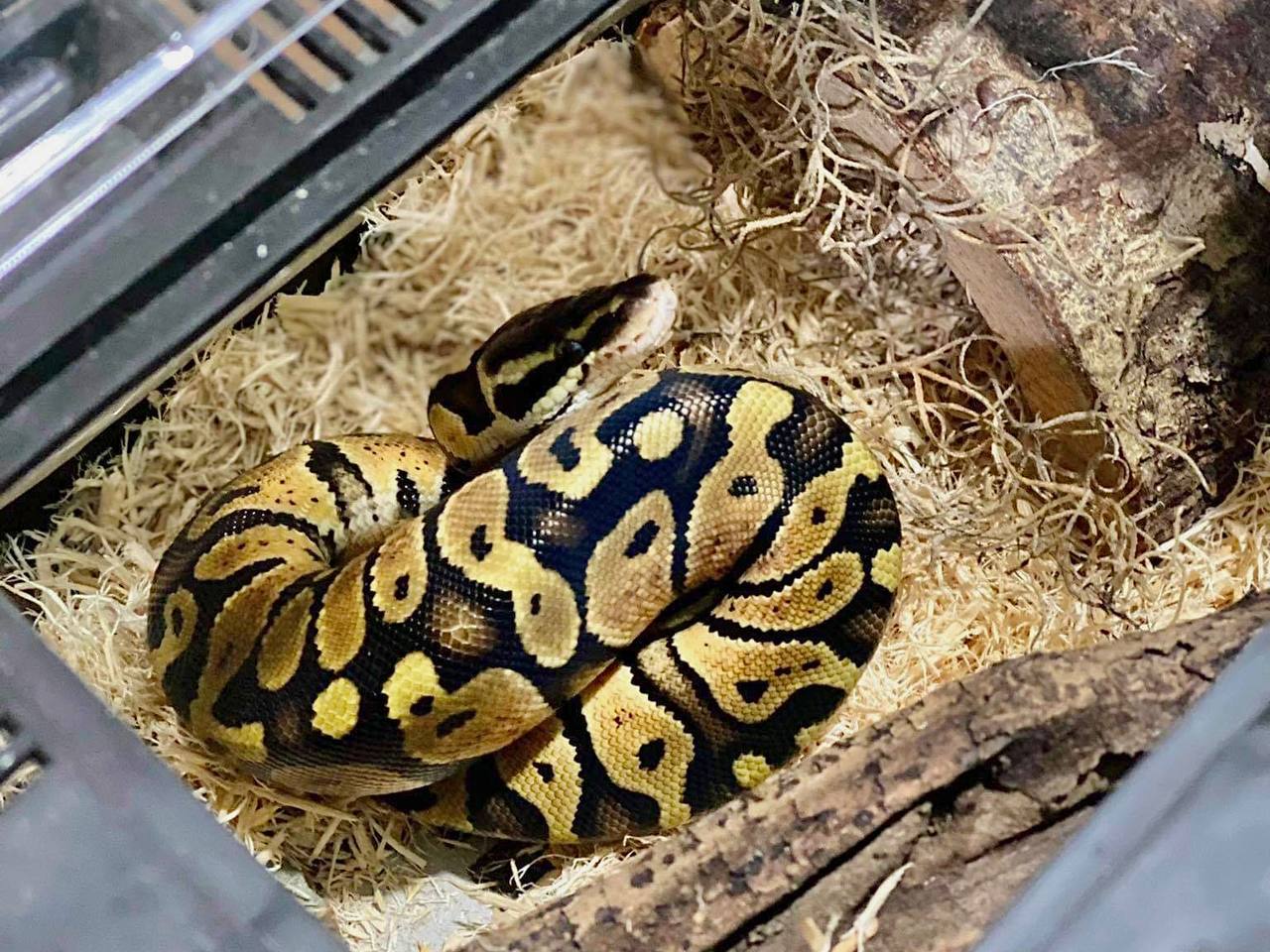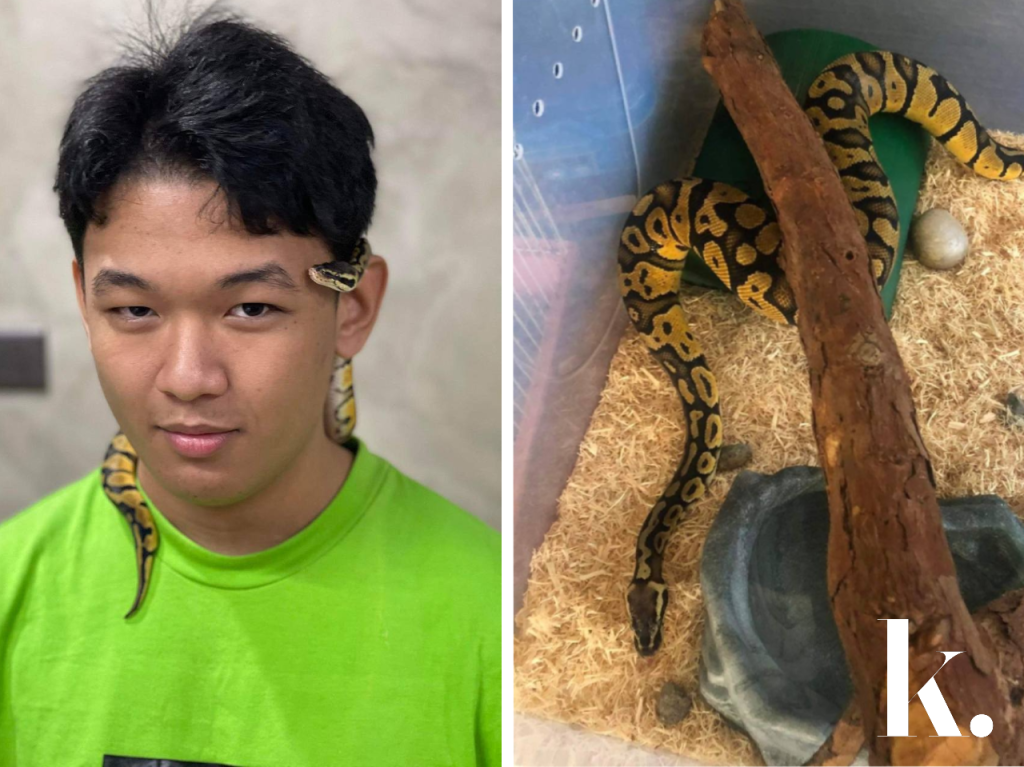Most people get the creeps when they see a snake, but these fascinating animals are just misunderstood. This World Snake Day, I hope to help people learn about how interesting it is to have a snake.
My little buddy is a Pastel Ball Python named Bart. He’s about three feet long now and can grow up to five feet long. Prior to owning my first pet snake, I had little to no knowledge on how to take care of him. All I knew was that I was excited to get one. The second I found out that I had the chance to get my very own pet snake, I briefly studied articles and YouTube videos online, and I picked up some important points.
Feeding your snake
When you get a pet snake, you can’t be squeamish. Feeding snakes can be a little bit scary for some people because you’re feeding a live mouse to your pet. Snakes, in general, are very low maintenance pets. You only need to feed them once a week with appropriately-sized prey. Remember, snakes take about two to three days to digest their food before you can pick them up.
Hugs and hisses (and homes!)
More importantly, you shouldn’t be afraid to hold your pet. Socializing with your pet snake warms them up to you. Plus, this means your pet snake will keep a calm attitude when around other people so you can pick it up again. Snakes are pretty tame, especially if you already got them accustomed to human touch.
Give your snake lots of room to slither around and stretch their body. They need stimulating decorations to climb onto or hide under in their enclosure like branches, grass and little pockets of covered areas to hide in.

Pro tip: give them at least two places to hide in their enclosure. This keeps them stimulated and happy. Don’t forget to give them a decent-sized water source for them to drink from and to soak in when the day gets too hot. You know how it gets here. On another note, it’s important to remember that snakes are cold blooded animals, too. Being in low temperatures for too long is dangerous for your pet snake.
As much as they are low maintenance, your pet snake should be taken on walks, but not the kind where they’re on a leash. Bring your snake outside into direct sunlight as often as you can so they can absorb their share of UV light.
A different kind of shedding
One thing to watch out for is when they shed, which is nothing like the kind of shedding you might be familiar with. Once your pet snake starts to shed, it can be a little cranky as they’re more sensitive at this point. The skin around its eyes makes its vision blurry, so it might not recognize you as their master. To aid with your snake shedding, you can soak it in lukewarm water so they shed their old skin easily. It’s around this time your snake starts to look and behave differently, so don’t worry when you see its skin turn darker. If your snake is acting a little hostile or losing its appetite, it’s probably about to shed!

Once your snake is done shedding, it might be hungry due to loss of appetite, so prepare some food! If your snake is out and about, feed it. If it’s hiding let it rest as it’s probably exhausted from shedding its old skin.
They might be an unusual pet, but snakes are very interesting animals that can be just as fulfilling to keep as any other animal.





